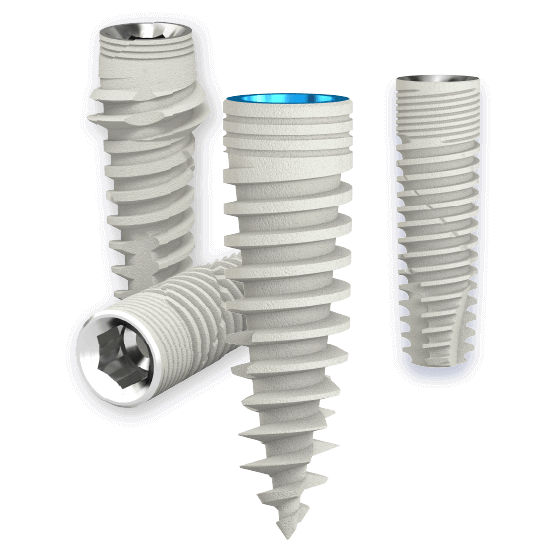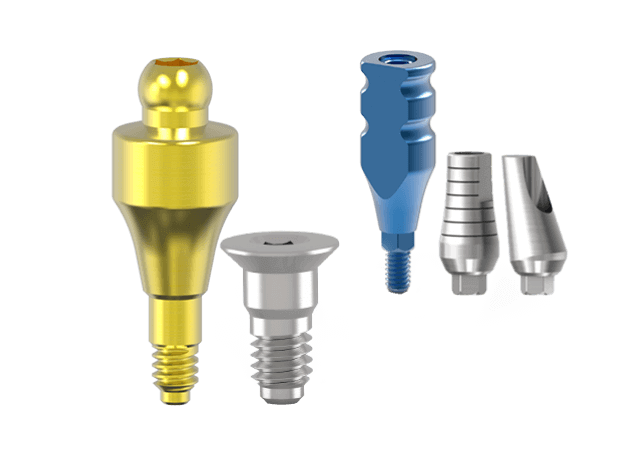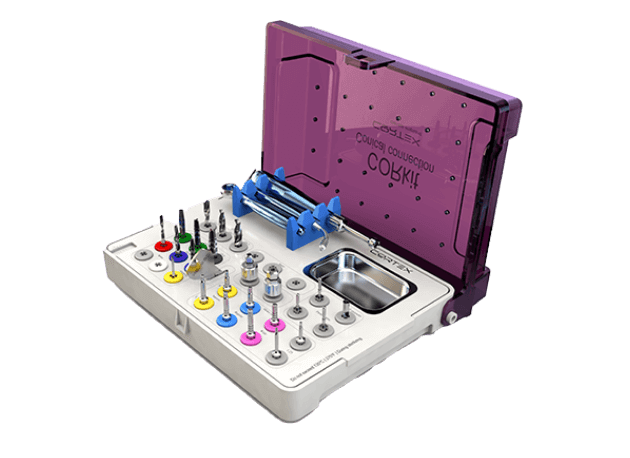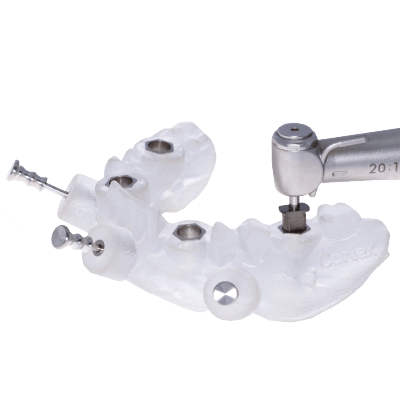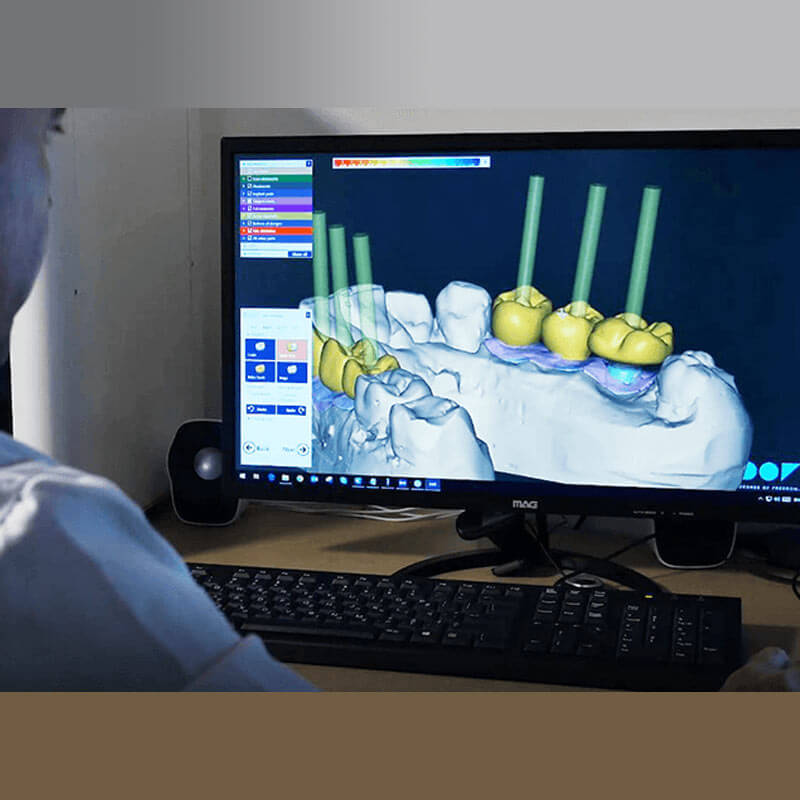In the last decade, the world has been going through a rapid digitalization upgrading in implantology.
Most of the exciting conventional technologies no longer exist and were replaced by smart digital systems. Which led them to another level of workflow, abilities, and final results. Those systems allow the users to have more available and accessible updated information. That will provide the most efficient workflow, accurate and easy planning, and predictable outcomes.
Probably, nowadays, you will not witness people that open a paper map in order to navigate the road. In the present, we use smart GPS navigation systems, that can calculate the optional paths and timelines. Those would inform us about the unexpected nuisances on the way and the final destination status.
All of this information gives us the tools to make our best decision in terms of time, cost, and simplicity.
Moreover, we receive online updates that can make us change our minds and keep efficiency. Even though we were challenged by unexpected circumstances.
Innovative systems have taken over conventional systems and proved themselves as more accurate and efficient. No one will argue with that. The medicine improved its capabilities of prediagnostic, surgical abilities, and success range. Additionally, the rate of exacerbations and healing time were extremely reduced.
With all that said, if the entire world had moved on to digital solutions – why it does not in dentistry?
The digitalization transformation in implantology started more than two decades ago, but it is yet accomplished.
We are in the middle of a ‘hybrid phase’, where digital and conventional procedures are often combined. The exact division of when to use one or the other is highly dependent on individual clinicians’ preferences, and no recommendations can be made based on the present consensus.
Further crossover studies are needed to evaluate digital workflows utilizing different systems, under various operators’ circumstances and appropriately recording patient-related outcome measures, time efficiency, cost-effectiveness, and clinical results. The use of computer-guided implant surgery was developed to improve the accuracy of surgical implant placement, it is a
proven secure procedure, however, it needs to be more developed due to the number of factors that play an important role in the procedure and affect the final result. As for the computer-guided implant surgery, the EAO (European Association for Osseointegration) consensus declares “There is currently insufficient data available to evaluate all factors involved in a digital workflow”.

